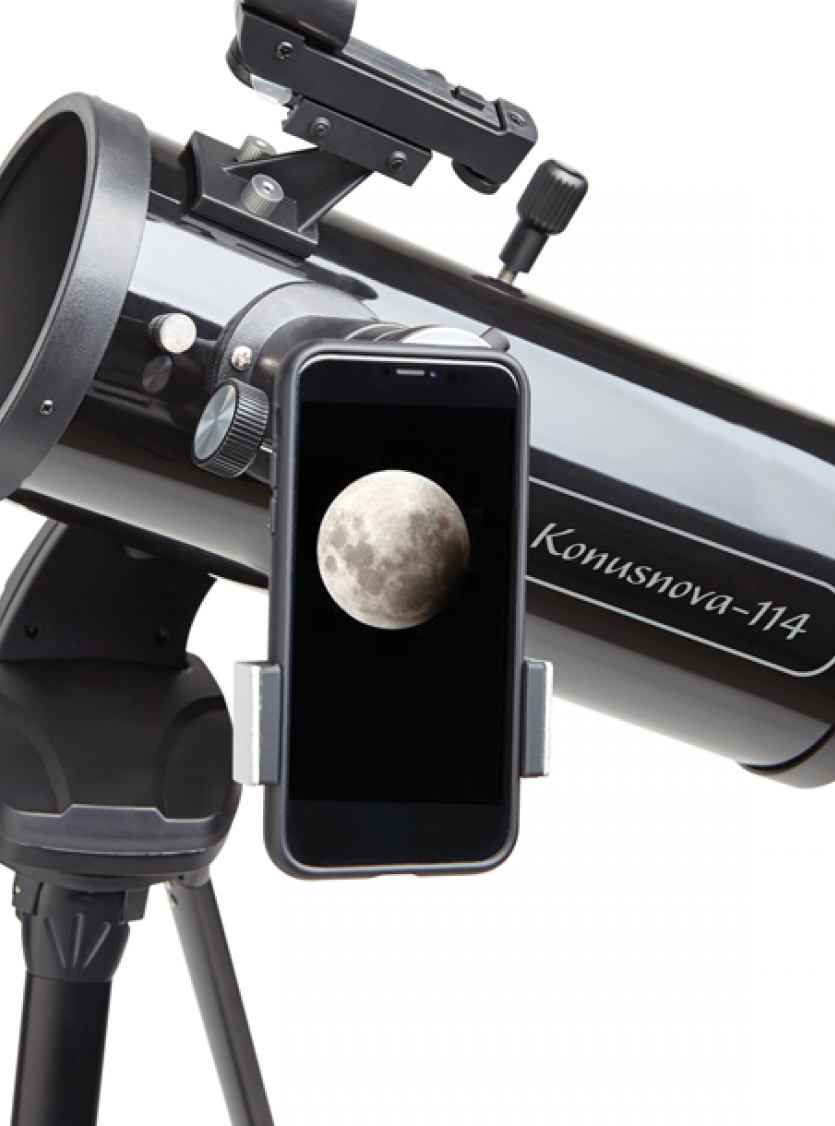Beginners Guide to Telescopes
Beginners Guide to Telescopes is very difficult to know where to ‘pitch’ the technical level for beginners, some information you may already know but hopefully there is something here for everybody. Naturally, when you are considering a purchase, it helps to have at least a little knowledge of the item in question.
This in turn helps you to make an informed decision when confronted with the choices available and also avoids spending more than is strictly necessary. With regard to introductory telescopes a little knowledge is, in fact, (and happily) all you need as the purchase specific technicalities are limited. Once you have bought your first telescope and learnt how to use it, you may well want to move on to medium or high level observation, in which case you will have all the technicalities an enthusiast could possibly desire – and then some!
So, what do you need to know when it comes to beginners guide to telescopes? Well, a basic idea of how the telescope works is a good starting point. All telescopes work by collecting light from the object you are looking at. The more light they collect, the better the resulting image. Thus, the aperture size of any telescope is extremely important. The bigger the aperture the better. With this in mind, let’s have a look at the basic telescope types and how they work:
The Refractor Telescope
This telescope uses its large objective lens to bend, or refract, the light to a point of focus where it is usually reflected by a small, flat mirror into the eyepiece. The eyepiece lens then magnifies the image. The objective (aperture) lens on introductory level refractors tends to be relatively small, certainly compared to reflectors with a similar price tag. Generally regarded as good for observation of the moon and planets.


The Reflector Telescope
This telescope uses a large curved primary mirror to collect the light and then reflect it to a point of focus where a secondary mirror deflects it up into the eyepiece. The eyepiece then magnifies the image. This telescope, available in two basic models (Newtonian or Dobsonian) is generally regarded as a decent all-rounder with a better deep space performance than its refracting cousins.
The diameter of this object (lens or mirror), usually given in mm, is equal to the aperture size. Again, the larger the aperture, the more light collected, the better the quality of image.
The Cassegrain Telescope
This telescope, one of the Catadioptric family, uses a combination of lens and mirror to capture and focus light.
The eyepiece then magnifies the image. One of the most popular telescopes in the world, owing to their performance and relative portability.

So, having established how the telescope works, lets demystify some of the astronomical jargon. Below I have compiled a brief glossary of the most commonplace terms and words that are likely to crop up in any research you may do:
Aperture: I know we’ve already covered this one, but for the sake of completeness, and given that most astronomers regard it as one of the most important elements in any telescope set-up, lets do it again. The larger the aperture the more light the instrument collects. The more light collected the better the image. The Dobsonian reflectors have gained quite a reputation for their budget light gathering properties and are often referred to as “light buckets.”
Focal length: This is the distance it takes for the light to be refracted or reflected to a point of focus. At this point their will be a tiny image of whatever the telescope is aiming at. This tiny image is then magnified by the eyepiece. The focal length is expressed in millimetres and is useful in calculating magnification. Simply divide the focal length by the eyepiece size (also expressed in millimetres) and the resulting figure is the magnification. e.g. A telescope with a 1000mm focal length using a 10mm eyepiece is operating at 100x magnification.
Finderscope: The finderscope is a miniature telescope that rides piggy back on the main ‘scope. We cannot stress enough the importance of this small item. It is simple enough to set up (please give us a ring if you are experiencing any problems) but without it you run the risk of gnawing your hands off in frustration. With the exception of the moon, it is extremely difficult to find a given celestial body using a telescope without some assistance. This assistance is provided by your finderscope.
Many of the finderscopes at an introductory level are not magnified.
Mount: The mount is what your telescope will be seated on and, dependant on the type, will determine its range of movement and suitability for automatic tracking. There are two basic types available:
1. The alt-azimuth mount allows vertical movement (up and down) and 360° movement through the horizontal plane. This is the simplest mount system and is also applicable to terrestrial (day time) viewing. One well known example of the alt-azimuth system is the Dobsonian mount.
2. The German Equatorial mount, correctly set, has its axis pointed at celestial north (a point in the globe of the sky determined as North). This enables the user to find stars using co-ordinates from a star map or to automatically track a celestial body with the use of an electric motor.
Tripod: Do not discount the role the tripod has to play in the whole observing experience. Simply put, if the tripod is too flimsy the image in your eyepiece will tend to jump around in a profoundly unhelpful way. The wind or merely brushing the telescope can bring about these unwanted effects. Try to avoid spending good money on a telescope only to make it virtually redundant by mounting it on a set of spiders legs.
S.C.O.P.E Some general guidance:
SO YOU WANT TO BUY A TELESCOPE…
SKY: The night sky is, obviously, at the heart of the celestial viewing experience. What is not so obvious perhaps, is the importance of familiarising yourself with it if you are going to purchase some equipment and want to extract maximum enjoyment from it. To this end, combine naked eye/binocular observation with the procurement of an introductory book to the night sky or some star charts. Thus equipped, your telescope will deliver far more pleasure; principally because you will be able to find what you are looking for.
CONSISTENCY: Beginners guide to telescopes – Select a telescope you will use consistently, not once in a “blue moon” (excuse the pun). This means taking on board the various S.C.O.P.E guidelines, particularly economics and portability. Remember, you will see more of the universe with a smaller, low-cost ‘scope than a 16-inch giant if you use it more often.
OPTICS: At the heart of the viewing experience, there are a couple of simple pointers with regard to telescope optics:
Portability (and storage): Just how easy is the telescope to move around and where will you keep it when not in use? The weight and size of your new telescope are serious considerations because you may need to travel a little distance to access a good “seeing” sight. Even allowing for back garden observation, a cumbersome, heavy ‘scope will soon become a burden. Equally, any equipment that requires protracted set-up and break-down times is liable to rapidly dampen your enthusiasm; thus a partially or fully assembled scope is desirable but will consume some domestic space unless you have a dry, airy shed or garage.
In summary, better to start with something relatively light and portable that you can easily use than a leviathan that gets used a handful of times and subsequently gathers dust until you get round to selling it on.
Economics: Your budget will, of course, ultimately decide which telescope you buy. Inevitably, and sensibly, you will try to avoid spending more than necessary. In this respect please seek advice, try to adhere to S.C.O.P.E. and always opt for the best build quality your finances will allow.
1 Don’t be lured by the promise of high magnification.
The general rule is that introductory ‘scopes work best at low magnifications.
2. Reflector (mirror) telescopes will, pound for pound, give you more sky than a refractor (lens) telescope.
You will quickly notice, if you haven’t already, that there is a range of telescopes that obviate the need for knowing where any given constellation, star etc. may be. These auto-telescopes carry a database of celestial bodies, usually thousands, any one of which you can observe by simply instructing the telescope to find it. This is the perfect solution for the budding astronomer who simply doesn’t have the time or inclination to acquire the celestial “knowledge.”
I hope you enjoyed reading our article about beginners’ guide to telescopes.
UK Telescopes | See More, Do More.
NAVIGATION
HOW CAN WE HELP YOU?
Contact Us:
Mail: sales@uk-telescopes.co.uk
Telephone: M: 07398 532 708 Landline:01733 306 731
Address:
1, Milnyard Square, Peterborough,
Cambridgeshire
PE2 6GX
